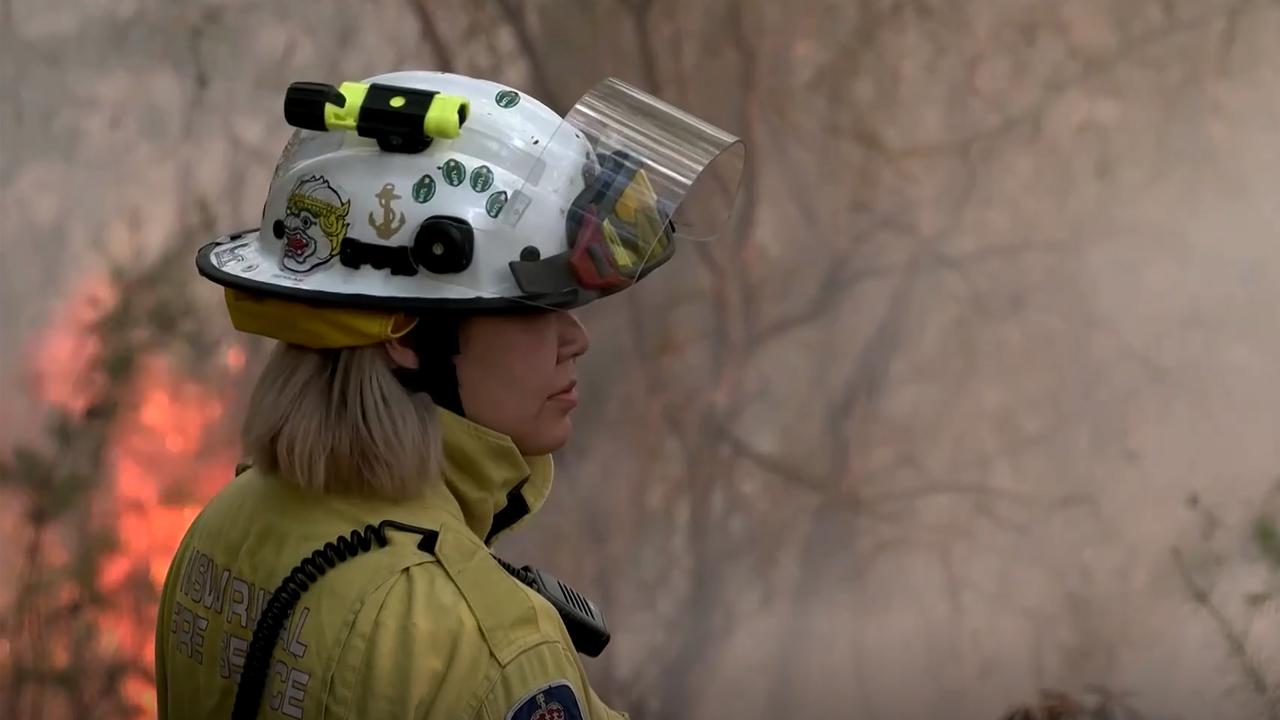
When Elisabeth Goh volunteered as a firefighter, she never expected she would experience PTSD.
"I can't say I noticed it, it just happened," Ms Goh says.
She does not remember the incident that led to her symptoms of post-traumatic stress disorder.
But, after four years of recurring natural disasters including the 2019/20 Black Summer bushfires, floods throughout eastern Australia in 2022 and the COVID-19 pandemic, it all came to a tipping point at an event for the NSW Rural Fire Service in 2023.
"I blacked out," Ms Goh told AAP.
She described it as a "mental health meltdown".

"During the episode, it was a flashback and I ended up for quite a bit of time not knowing where I was - except for what people told me," Ms Goh said.
"I just knew I needed to get to safety."
PTSD is a mental health condition triggered by a traumatic event, either through experiencing it or witnessing an incident.
Symptoms can include flashbacks, nightmares and severe anxiety and uncontrollable thoughts about the event.
With natural disasters now a regular occurrence, an increasing number of emergency services personnel and volunteers are experiencing symptoms.
"After four years of natural disasters and pandemic, we're exhausted," Ms Goh said.
"We never thought natural disasters were something we would need to get used to, but it seems to be never-ending."
According to the Black Dog Institute, an estimated one in 10 of Australia's emergency services personnel and volunteers will develop PTSD-related reactions to critical incidents.
A wave of recent natural disasters caused the institute to update its world-first guidelines to manage PTSD among emergency service personnel and volunteers.

The updated content draws on latest research, which provides evidence-based guidelines.
"Emergency service workers encounter a range of traumatic events," co-lead author of the guidelines Sam Harvey said.
"We have a responsibility to protect those who protect us by providing them with the best possible mental health care that science has available."
Ms Goh said the guidelines had made it easier to manage her symptoms.
"I'm now a lot better at identifying what my feelings are, where they actually are, why I'm feeling a particular way and then what I can do about that," she said.
"I've become a better firefighter, not just for myself, but for my fellow firefighters."
The guidelines include clinical data from the Black Dog Institute and the University of NSW's National Emergency Worker Support Service.
The support service has reached more than 125,000 emergency services personnel and volunteers and has achieved a PTSD recovery rate of 80 per cent, compared to an international average of 50 to 60 per cent.
Lifeline 13 11 14
beyondblue 1300 22 4636







